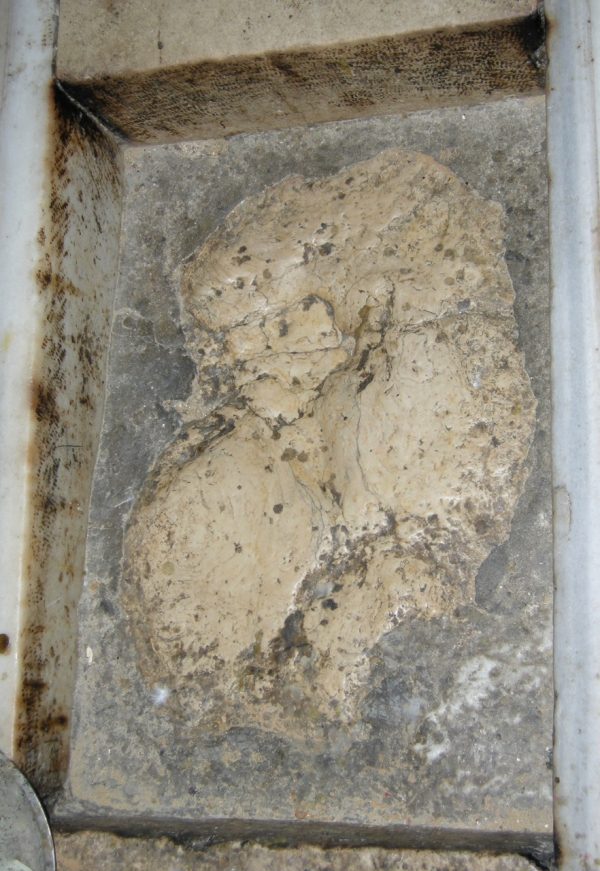He was taken up before their eyes, and a cloud hid Him from their sight. –Acts 1:9
The Chapel of the Ascension is a Christian and Muslim shrine believed to mark the last place on earth where Jesus stood before ascending into heaven.
It is located on the Mount of Olives precisely where scripture says this event took place: in “the vicinity of Bethany” (Lk 24:50), “a Sabbath day’s walk” from Jerusalem (Acts 1:12). A tiny, octagonal, domed building called a martyrium (or memorial) is all that remains of the last church that stood here, destroyed by the Muslims in 1198 when they acquired permanent ownership of the site. On the floor inside is a slab of limestone imprinted with the right footprint of Jesus. The left footprint was cut away and removed to the al-Aqsa Mosque where it occupies a position of honor behind the pulpit. Although the ascension of Jesus is not mentioned in the Quran, it is accepted by Muslims, who have granted permission for Christian pilgrims to visit the martyrium and for ascension services to be held.
A rocket cannot be launched from earth without leaving evidence of the explosion of takeoff. But is it believable that an ascending human being might leave behind a footprint? How strange if we are willing to accept an event as astounding as the ascension—the first and only such occurrence in history!—yet balk at the thought of an impression left in the stone launch pad.
The visionary mystic Anne Catherine Emmerich described a place near the Garden of Gethsemane where Jesus, “after having cursed the barren fig tree, prayed in great affliction of spirit, with His arms stretched out, and leaning against a rock. The traces of His body and hands remained impressed on the stone.” (1) She went on to testify that she had “several times seen similar impressions left upon stone, either by the Prophets of the Old Testament, or by Jesus, Mary, or some of the Apostles…. These impressions do not seem deep, but resemble what would be made upon a thick piece of dough, if a person leaned his hand upon it.”
Consider: Jesus Christ was a brand new kind of man, the second Adam, a human being without sin. And He embarked on a mission to change the world—not just people but all of creation. Might not His very presence here have had an impact on nature? Might not particular places and things have been physically changed through contact with the Son of God? People didn’t recognize who He was, but demons knew Him, and perhaps the very earth and stones knew Him, too, after their fashion, along with the birds and animals and trees. Wouldn’t the whole natural world have responded to Him, ceasing its groaning wherever He passed and making a different sound—exclamations of relief, wonder, praise? Didn’t Jesus suggest as much when He declared that if people withheld their praise, “the stones will cry out” (Lk 19:40)? Maybe He wasn’t exaggerating. When He died the earth shook and even “the sun stopped shining” (Lk 23:45).
If the presence of a sinless man could so alter the natural realm, how much more might be expected from one in a resurrected body! Those who are skeptical of the stone footprint in the Chapel of the Ascension should perhaps reserve their judgment until the return of Christ, for scripture strongly implies that He will come back to this same place: “On that day His feet will stand on the Mount of Olives” which “will be split in two from east to west” (Zec 14:4; see also Acts 1:11). The present footprint may be but a portent of the parousial earthquake.
(1) Anne Catherine Emmerich, The Dolorous Passion of our Lord Jesus Christ, North Bay Books, El Sobrante, CA, 2003, pp 62-3.
Photo by Karen Mason
Next Week: The James Ossuary

